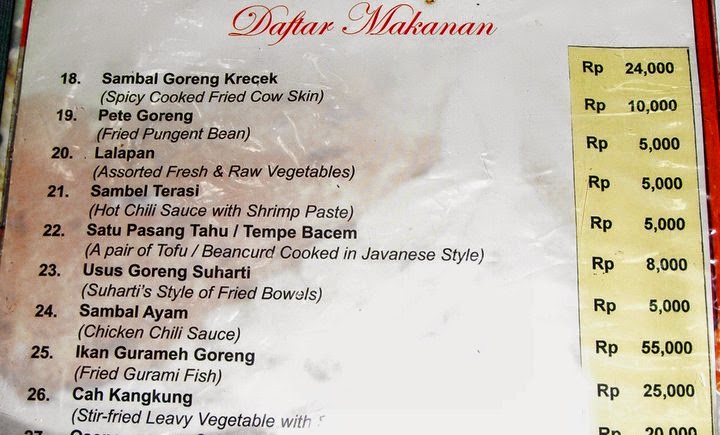Sometimes the simplest food is the best food. When I moved to Canada, it's the simple food that I crave the most; and it's still the case until now. I wrote about tempe in my previous post; and I mentioned how happy I am to have found an Indonesian who makes tempe here in Canada. When I miss home, tempe seems to be able to ease my heartache.
I am sharing to you now the simplest recipe of tempe; with less than 10 ingredients and less than 10 minutes to make this is the perfect meal if you don't have the time. Talking about a quick dinner!
Ingredients:
2 blocks of tempe, cut in cubes
7 tbsp. Indonesian sweet soy sauce
5 cloves of garlic, sliced thinly
2 cloves of garlic, minced
200 ml water
2 bay leaves
2 tbsp. vegetable oil
salt and pepper to taste
Preparations:
In a large sauté pan, heat the pan over medium heat. When the pan is hot, put in all the garlics, stir fry until fragrant. Put in the tempe, mix well with the garlic. Watch until the tempe change colour to a bit golden brown but not too much. Add Indonesian sweet soy sauce, mix well with the tempe. Add the water, bay leaves and reduce the heat to low. Add salt and pepper; mix well and let it simmer for about 5 minutes. As the water reduced, give it a taste, the consistency of the sauce should not be too watery or too thick. Add more sweet soy sauce if necessary.
Remove from heat and if you like, sprinkle some fried shallots on top.
Note: Some of you might wonder, why add the water? Well, I like my tempe wet and not dry. Letting the tempe simmer in water mixed with sweet soy sauce will allow the tempe to absorb the sauce better.











